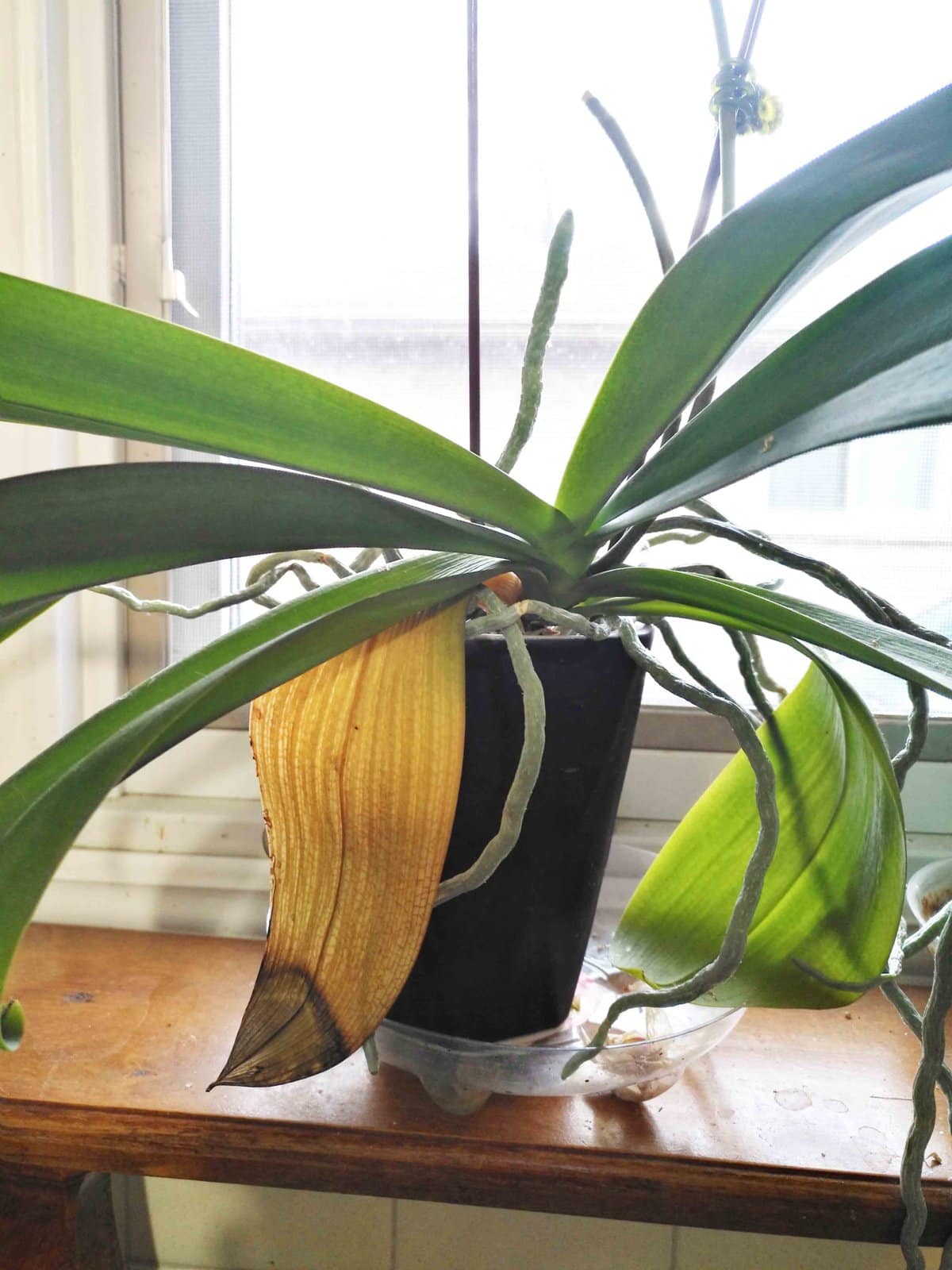1. Move them closer to a light source. Winter means shorter days and a reduced number of sunny days. So, it is beneficial to move plants a bit closer to the window so the light conditions are similar to what they are in spring and summer.
2. Water less often, only when the soil feels dry. Lower light levels in winter means your plants will not be growing as vigorously as in other seasons. The faster a plant is growing, the thirstier it will be. A plant that you watered every week in summer might now prefer to go two weeks without water. Instead of a regular schedule, check whether the soil is dry or use a moisture meter. It is best to let the top inch of soil to dry out completely before giving it more water.
3. Stop fertilizing them – they don’t need it in winter. Again, because the plants are not growing as quickly in winter, they do not require as many nutrients as they do at other times.
4. Keep them away from cold drafts and registers or radiators. A cold draft from an exterior door can set back sensitive plants. Having plants too close to heat registers or radiators blowing out warm, dry air can also be stressful to the plant.
5. Don’t stress about leaves yellowing and dropping off. You will often see leaves turn yellow lower on a plant or near its centre right before or as it is pushing out new leaves or are producing new flower buds. This takes a lot of extra energy and the plant will then drop some of its oldest leaves so it will have the extra energy it needs. Only be concerned when leaves at the tips of branches turn yellow.
6. Monitor for insect and disease problems. The best way to stop insects or diseases ruining a plant is to nip it in the bud (pun intended). By monitoring your plants weekly, you can get ahead of a potential problem. Check for spotting or blotching on leaves. If the problem is in the early stages, the safest and fastest way to control it is to pinch off and throw away infected leaves.
7. Increase the humidity. When you think most the plants we have indoors are from a tropical climate, it only stands to reason that they prefer to grow where there are short morning showers regularly.
This creates an atmosphere with higher humidity – but the air inside our heated homes tends to be drier in winter. Most houseplants grow best when humidity is 40 to 50 per cent, but in winter it can be as low as 10 per cent. A simple way to ramp up the humidity around plants is to cluster them together. Water evaporating from the potting soil and water lost naturally through the leaves will raise the relative humidity right around your plants.
Another easy method to increase humidity is to place plants on trays filled with pebbles and water. The bottoms of the pots should be above the water level to avoid root rot. As the water evaporates, it creates a more humid microclimate for your houseplants.
Misting plants is not as effective. Studies have found misting would have to be done many times a day to raise the humidity level enough to make a difference.
8. Keep foliage clean. To make the most of limited winter sunlight levels, make sure leaves are free of dust and grime. You can do this by wiping down the leaves with a damp cloth or sponge or even set them into the shower for a quick rinse.
9. Resist repotting plants in early winter. Plants take well to repotting when they are actively growing. That’s why spring and summer are the best times to do so. But repotting the plants when they are in a resting state can shock dormant indoor plants.
10. Cut back leggy plants late winter or early spring. As the days are lengthening and the sunlight becomes stronger, your plants will begin to grow more. The best time to prune indoor plants is just prior to a growth spurt. This helps increase the branching, creating a denser plant.
If all else fails, remember, you can always sing to them. I find that show tunes work best. Maybe something like “The Sun Will Come Out Tomorrow.”
Joanne Young is a Niagara-on-the-Lake garden expert and coach. See her website at joanneyoung.ca.











